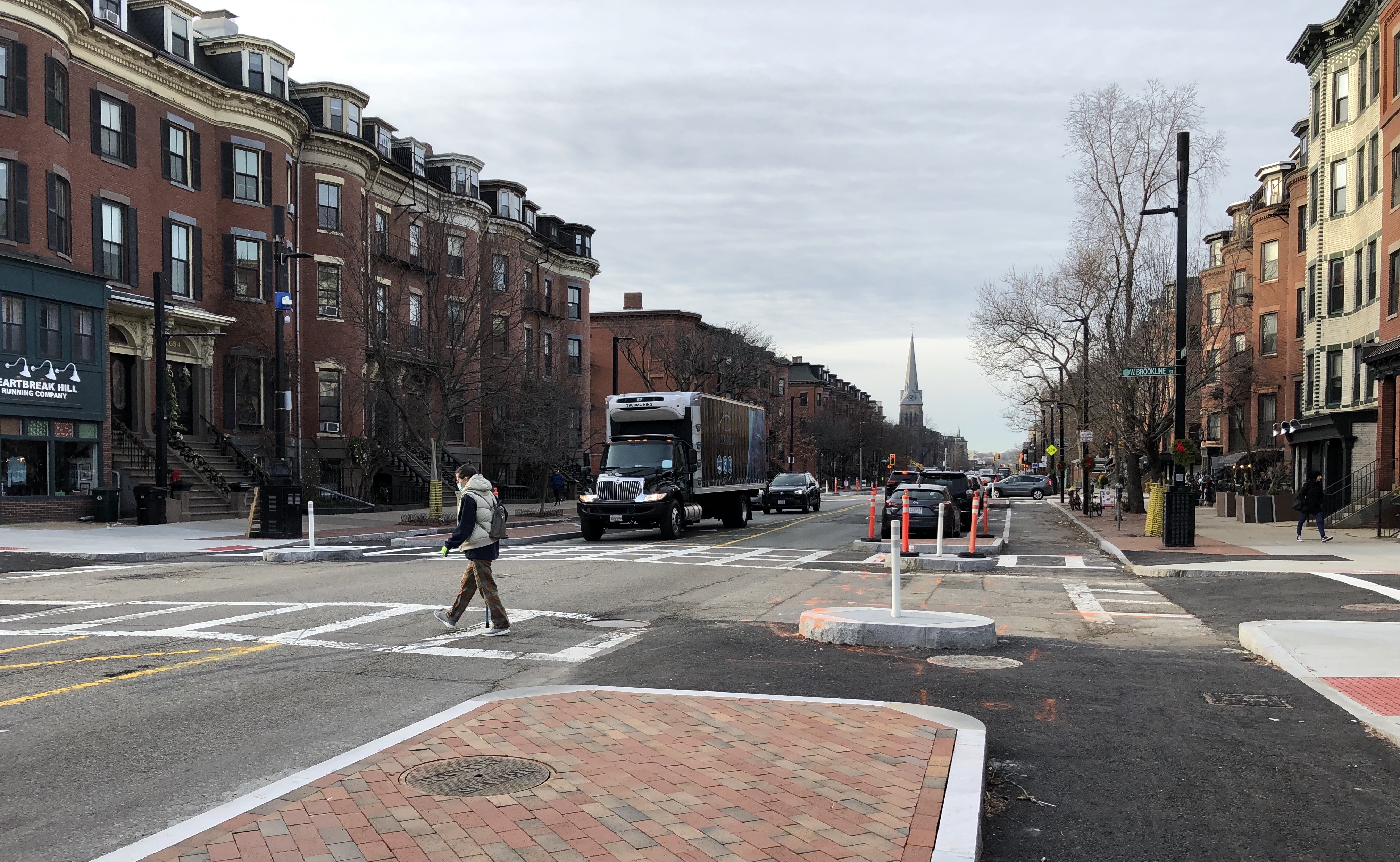Disagree. There's a huge difference in context with biking in the inner core, vs. biking in the suburbs. Biking in areas where BERy streetcars previously ran (this thread), is typically referring to biking in more urban contexts, with urban development generally able to allow for more short biking trips/etc./etc., and such generally bike infrastrucure will adapt to this specific context (i.e. biking for short errands, daily needs/shorter commutes/travel time etc.)
Biking outside BERy streetcar areas (the other thread) generally means urban developement is nonexistant, and in car dependent suburbia, places are spread out over long distances, as such, bike infrastructure is generally in the form of long trails, for more recreational (ex: long day trips, cross state/country) or more "hardcore commuters" commuting long distances into the city. (ex: Lexington -> Arlington/Alewife -> Boston, or Lynn -> Linden Sq./Everett -> Boston).

